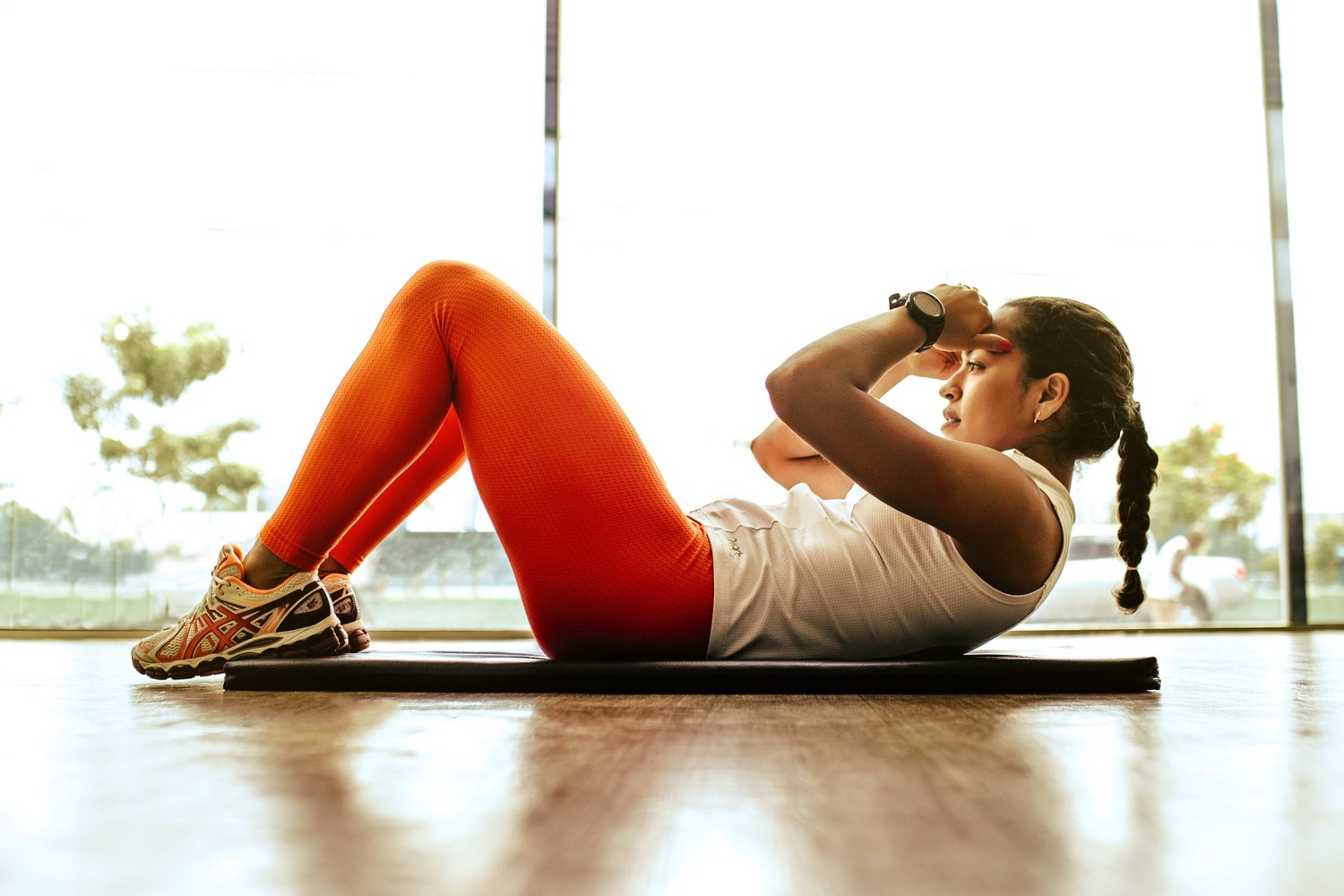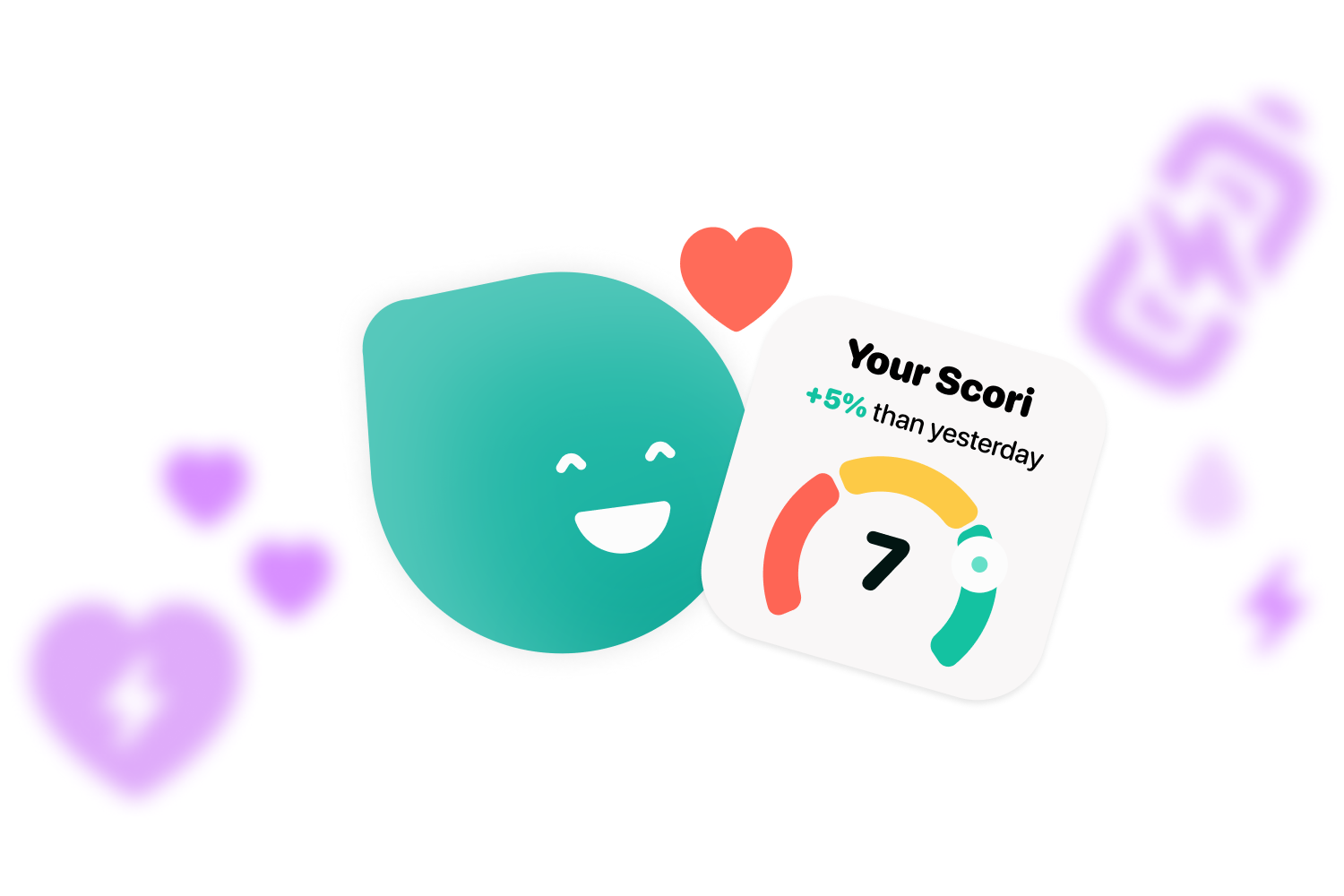Training can alter your blood sugar. If you want to know why your blood sugar rises during exercise with diabetes, read on.
Exercising is essential if you want to have a good quality of life, whether you have diabetes or not. This habit helps to avoid cardiovascular diseases and to maintain good health, in addition to providing well-being for those who practice it. However, in the case of people with diabetes, they have to be aware because blood sugar rises during exercise (hyperglycemia) or falls (hypoglycemia), which can affect the good control of the disease.
In most cases, sports are associated with low blood sugar (or hypoglycemia), as the body demands more sugar for energy. But it can also be the other way around: exercising can raise blood sugar levels.
Why does blood sugar rises during exercising?

The key to this question resides in the intensity. The body gets energy by absorbing blood sugar. For this reason, as the day goes by, if we do not eat, our levels decrease, since the sugar we have in our blood is used up.
However, when we make great efforts, the body knows that we are burning more sugar, so it produces more so that we do not run out of energy. Sending more glucose into the bloodstream all at once is what can cause us to see our blood sugar rise during exercise with diabetes, or even after.
Training with diabetes can be tricky because you can’t predict how your body will react to exercise. However, as a general rule, low-intensity exercises, such as cycling or walking, do not involve so much physical effort, so they are not as likely to cause hyperglycemia.
However, with high-intensity exercises, such as running for a long time at maximum intensity or crossfit, we should be careful as there is a risk of hyperglycemia, since they demand a greater amount of glucose than the body produces in its normal state.
Other factors such as adrenaline or stress can cause the pancreas to produce more insulin or glucagon, so although we know how the body should react, its response may vary according to the situation.
It is advisable that, although we begin to know our body and how it reacts to physical efforts, we always keep a continuous control of blood glucose levels when training with the help of applications such as Cori, which allows us to know in what state is the sugar at any time of the day.

Become a diabadass!
Join our weekly newsletter and learn
all the tips and tricks.
People with diabetes are especially vulnerable to the dangers of colds and the flu, but there are things you can do to control your symptoms and avoid getting sick in the first place. You may maintain your health even when you’re feeling under the weather by constantly monitoring your blood sugar levels, staying hydrated, getting enough of rest, and adhering to your diabetes management plan. Additionally, you may lower your risk of getting sick and safeguard yourself from any problems by maintaining proper cleanliness, being vaccinated, and generally maintaining good health. Make sure to discuss any worries you may have with your healthcare team for advice and support if you have diabetes and are worried about managing colds and the flu.
How to know if you have high blood sugar while exercising with diabetes
To prevent complications, it is important to recognize the symptoms, which include:
- Increased thirst and dry mouth.
- Tiredness
- Nausea and vomiting
- Bad breath.
- Fatigue
- Frequent urination
How do I correct hyperglycemia?

If you are still getting to know your body and how it reacts to each workout and you notice that your blood sugar has rise during exercise, here’s what to do:
- If you have any of the symptoms, immediately measure your glucose levels. If they are above 250 mg/dl (or 13.87 mmol/L), you will also need to do a ketone test.
- Drink plenty of water to avoid dehydration and to promote the elimination of blood sugar through urine. In case you cannot keep fluids down, it is best to go to the hospital.
- Inject rapid-acting insulin doses to correct your levels. The amount of these doses will vary depending on the person, blood glucose and the presence of ketones. If in doubt, consult your doctor.
If you liked this article about why blood sugar rises during exercise and want to learn more about diabetes, don’t forget to follow us on Instagram, Twitter, Facebook or LinkedIn.




